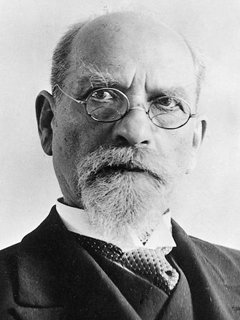
Publication details
Publisher: de Gruyter
Place: Berlin
Year: 2019
Pages: 241-248
Series: Open Theology
Full citation:
, "Transformative impact", Open Theology 5, 2019, pp. 241-248.


Transformative impact
the environmenal significance of religious conversions
pp. 241-248
in: Olga Louchakova-Schwartz, Martin Nitsche (eds), Phenomenology in dialogue, Open Theology 5, 2019.Abstract
This paper concentrates on the transformative impact of religious conversions. I understand religious conversions here as all individual spiritual transformations that either create an essentially new religious experience or substantially intensify an existing religiosity. The transformative impact of these transformations consists not only in modifying life perspectives or values, but also (and more substantially) in altering the very structure of personal experience. They can even bring significant changes in the phenomenal character of individual life-worlds, which are then experienced as perceived “differently”. This reflects on the possibilities the phenomenological method possesses to describe (and understand) these changes, and mainly discusses the applicability of Husserl’s analyses in Ideas 2 of the double constitution of body. On this basis, I suggest an explanatory model of transformative localizing/layering.
Cited authors
Publication details
Publisher: de Gruyter
Place: Berlin
Year: 2019
Pages: 241-248
Series: Open Theology
Full citation:
, "Transformative impact", Open Theology 5, 2019, pp. 241-248.

